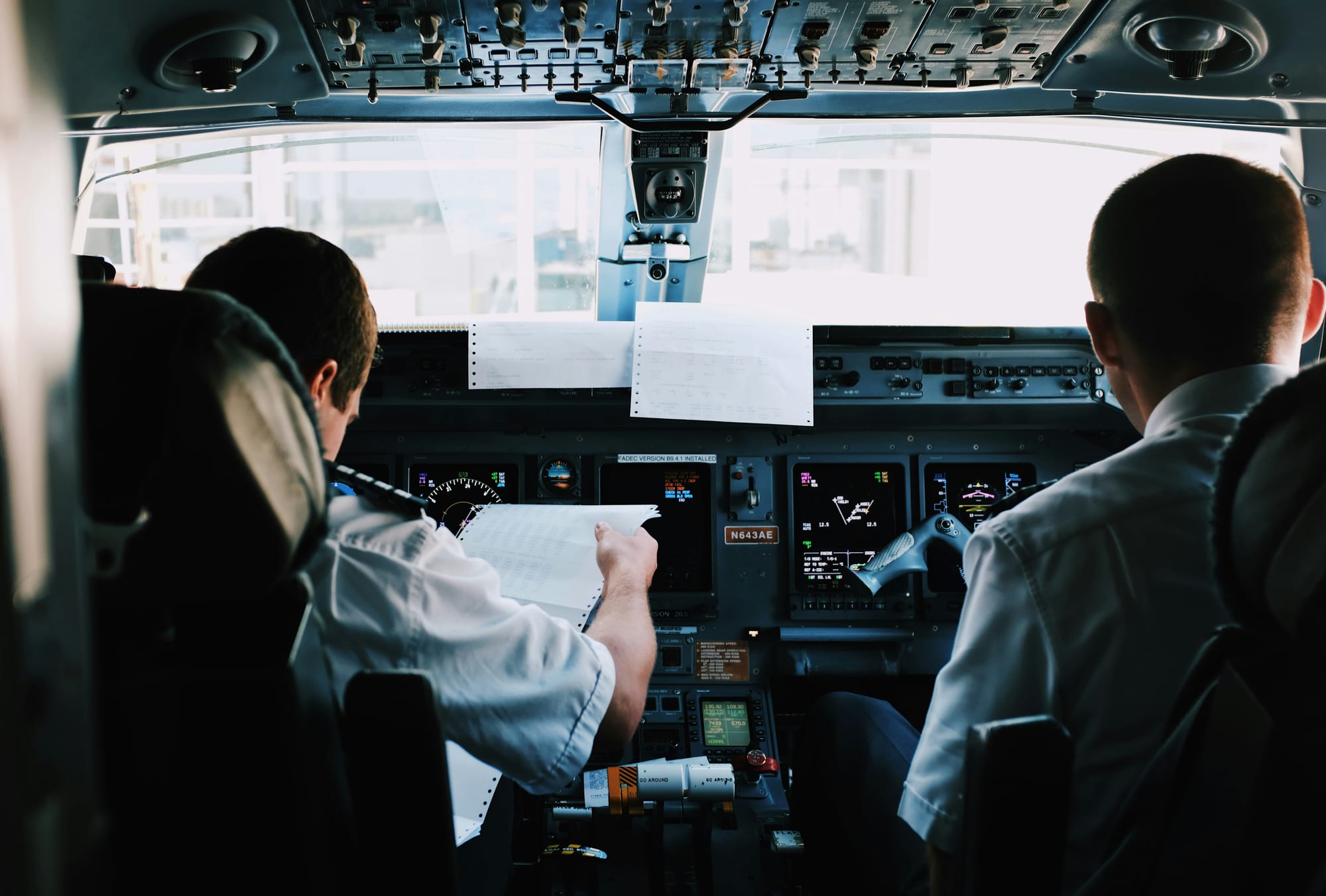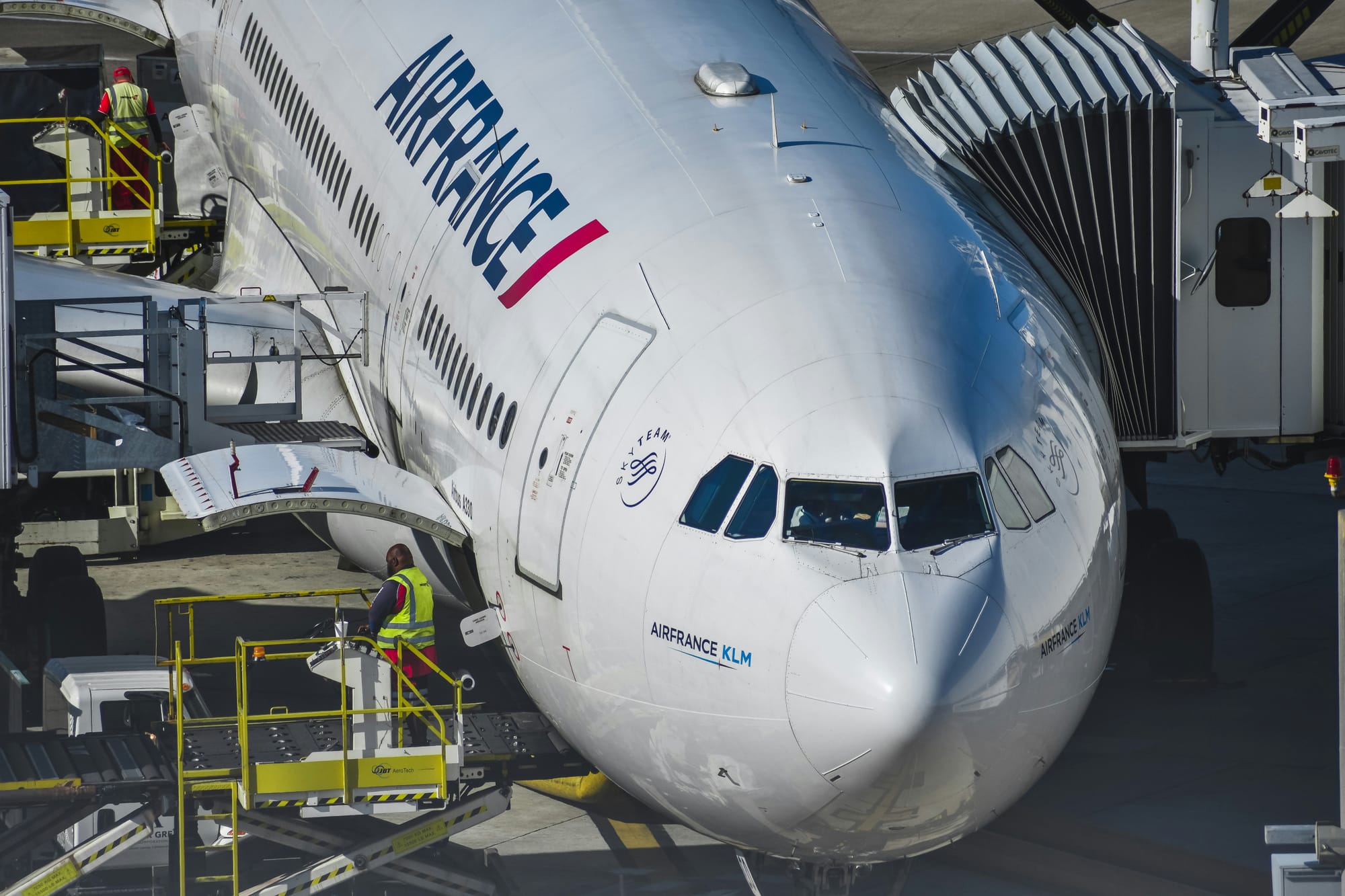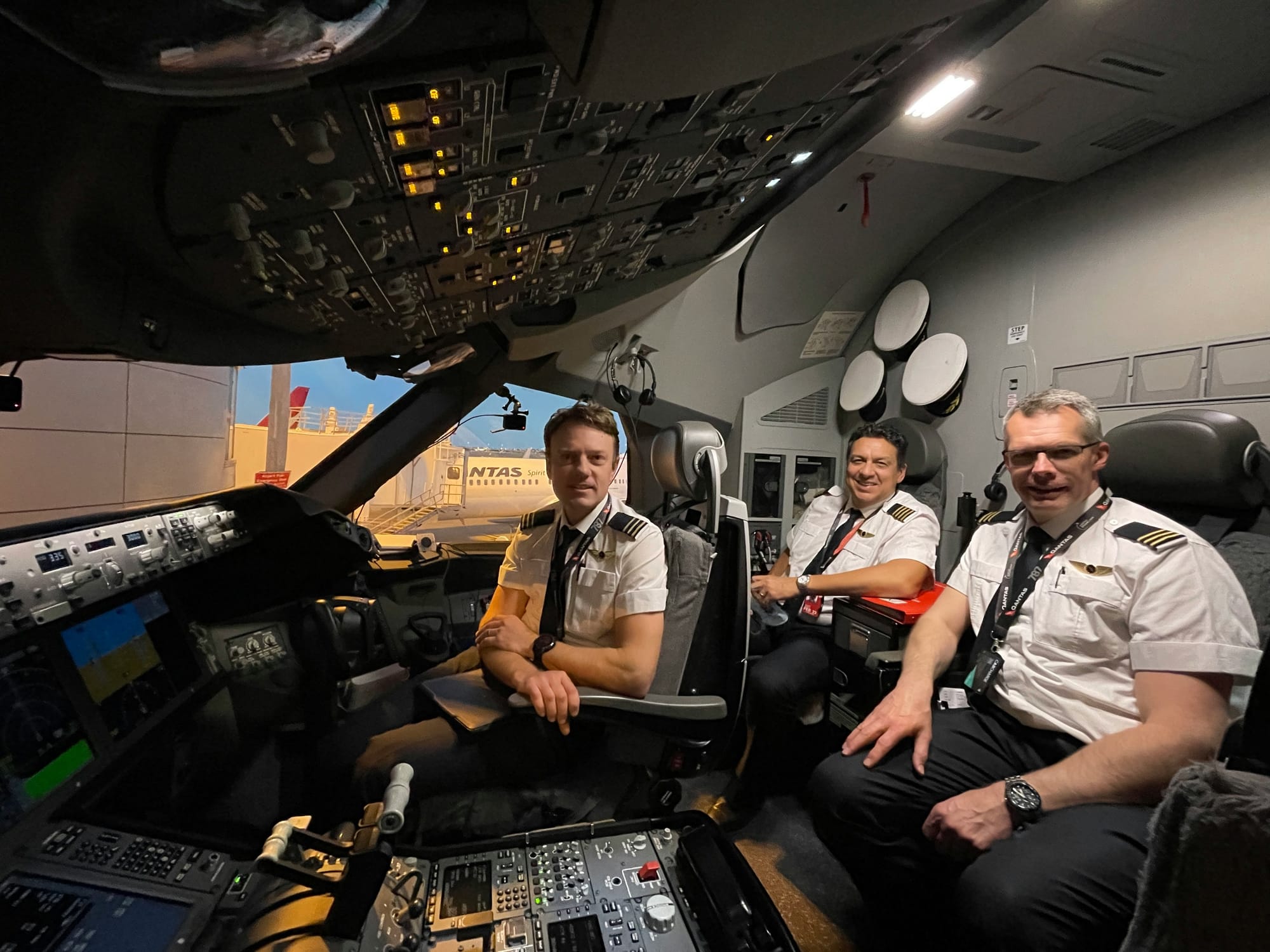Why Airline Pilots Have Stricter Alcohol and Drug Rules

The safety of air travel is a complex equation, but one factor stands out – the immense responsibility airline pilots shoulder. Hundreds of lives depend on their skill, judgment, and split-second decisions. Recognizing this critical role, aviation authorities hold airline pilots to stricter standards regarding alcohol and drug use compared to the general public. Let's delve deeper into these regulations and explore how they contribute to a safe and secure flying experience.
Blood Alcohol Limits: A Zero-Tolerance Approach

The Federal Aviation Administration (FAA) in the United States enforces a zero-tolerance policy for pilots under the influence of alcohol. This means a pilot's blood alcohol concentration (BAC) must be 0.00% when reporting for duty and throughout the entire flight. This might seem surprisingly strict compared to the standard legal limit for driving under the influence (DUI). However, even a small amount of alcohol can significantly impair judgment, coordination, and reaction time – all critical skills for safe aircraft operation. For example, studies have shown that even a BAC as low as 0.04% can affect a pilot's ability to track moving objects, a crucial skill for monitoring instruments and navigating airspace.
14 CFR § 91.17 - Alcohol or drugs.
(a) No person may act or attempt to act as a crewmember of a civil aircraft—
(1) Within 8 hours after the consumption of any alcoholic beverage;
(2) While under the influence of alcohol;
(3) While using any drug that affects the person's faculties in any way contrary to safety[...]
Beyond Alcohol

The FAA's regulations extend far beyond just alcohol. Pilots are prohibited from using any illegal drugs, as well as any prescription or over-the-counter medications that could potentially impair their ability to fly safely. This includes medications that cause drowsiness, dizziness, or blurred vision. Because even certain medications can have unforeseen side effects, pilots are required to disclose all medications they are taking to a qualified Aviation Medical Examiner (AME) who can determine if the medication is safe for flight duty.
Airlines often have even stricter policies than the FAA minimums. For instance, some airlines may impose a longer "bottle to throttle" rule, requiring pilots to abstain from alcohol for 12 hours before a flight instead of the FAA's 8-hour minimum. Additionally, some airlines may have specific limitations on certain medications or may require additional testing before pilots can return to duty after taking certain medications.
Safety First, Always

The reasoning behind these seemingly rigorous regulations is clear: to prioritize the safety of passengers and crew. Even a minor impairment from alcohol or drugs can have catastrophic consequences in the cockpit.
- Reduced Cognitive Function: Substances can cloud judgment and make it difficult for pilots to make sound decisions in critical situations, such as handling emergencies or navigating bad weather. For example, impaired cognitive function can hinder a pilot's ability to analyze complex situations, prioritize tasks, and make quick, accurate decisions.
- Delayed Reaction Times: Impaired reaction time can be life-or-death during takeoff, landing, or in-flight emergencies. A pilot who is under the influence of a substance may not be able to react quickly enough to avoid a potential hazard, such as another aircraft or severe turbulence.
- Impaired Coordination: Precise motor skills are crucial for safe aircraft operation. Substances that impair coordination can make it difficult for pilots to perform the intricate maneuvers required for takeoff, landing, and navigating through airspace.
By enforcing these regulations, aviation authorities and airlines minimize the risk of pilot impairment and ensure that those in control of the aircraft are operating at their peak mental and physical capacity. These regulations are a cornerstone of safe air travel, having hundreds of lives in your hands is an extreme responsibility and the regulations reflect that.





